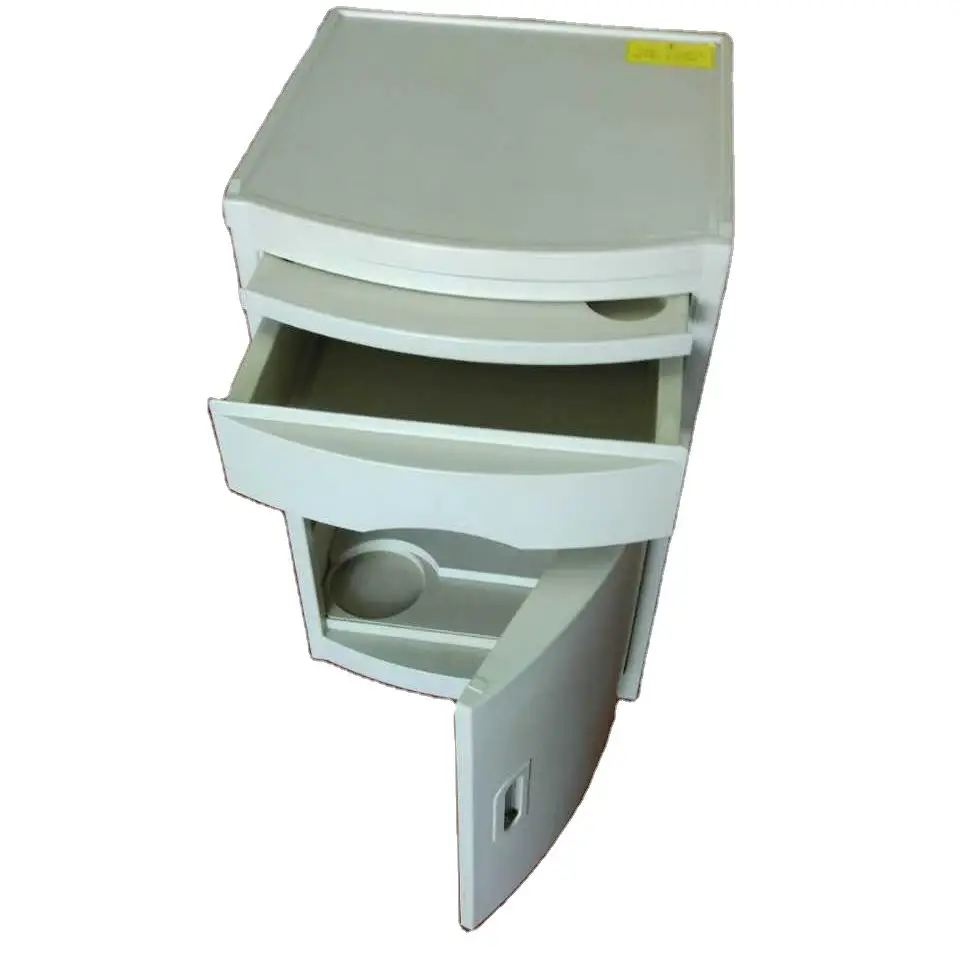Адрес
304 North Cardinal St.
Дорчестер-центр, Массачусетс 02124
Часы работы
С понедельника по пятницу: с 7:00 до 19:00.
Выходные: 10.00 - 17.00
Адрес
304 North Cardinal St.
Дорчестер-центр, Массачусетс 02124
Часы работы
С понедельника по пятницу: с 7:00 до 19:00.
Выходные: 10.00 - 17.00

In this comprehensive guide, we will explore various bedside locker uses in hospitals, highlighting their importance in enhancing patient care and hospital efficiency.
Bedside lockers are an essential component of hospital rooms, offering both patients and healthcare providers numerous benefits. In this comprehensive guide, we will explore various bedside locker uses in hospitals, highlighting their importance in enhancing patient care and hospital efficiency. By understanding these uses, hospitals can optimize their facilities and ensure a better experience for patients.

A bedside locker is a small storage unit placed next to a patient’s bed in a hospital. It serves as a convenient space for patients to store personal items and for healthcare providers to keep necessary medical supplies within easy reach. Bedside lockers are designed to be easily accessible and can vary in design, size, and functionality.
One of the primary bedside locker uses in hospitals is to enhance patient comfort and convenience. Patients can keep their personal items, such as books, phones, glasses, and toiletries, within easy reach. This minimizes the need to ask nurses for help with personal belongings, promoting a sense of independence.
For healthcare providers, bedside lockers help in organizing medical supplies and personal protective equipment (PPE). This ensures that essential items are readily available, reducing the time spent searching for supplies and allowing more time for patient care.
Bedside lockers often come with lockable compartments, providing a secure place for patients to store valuables. This added security is crucial in a hospital setting, where patients may be vulnerable and concerned about the safety of their personal items.
Modern bedside lockers are designed with infection control in mind. They are made from materials that are easy to clean and disinfect, helping to prevent the spread of infections within the hospital.
Patients use bedside lockers to store personal items, such as:
Healthcare providers utilize bedside lockers to store:
Bedside lockers help in organizing items necessary for patient care, such as:
In rehabilitation units, bedside lockers are used to store mobility aids and exercise equipment, assisting patients in their recovery and rehabilitation processes.
Bedside lockers can be used to store communication aids, such as notepads and communication boards, improving interaction between patients and healthcare providers, especially for patients with speech or hearing impairments.
When selecting bedside lockers, consider the specific needs of your patient population. For instance, pediatric patients may require lockers with child-friendly designs, while elderly patients may need lockers with easy-to-open drawers and ergonomic features.
Choose bedside lockers made from durable, easy-to-clean materials. Stainless steel and high-quality plastics are popular choices due to their longevity and ease of maintenance.
Opt for bedside lockers with lockable compartments to provide patients with a secure place to store their valuables. This is particularly important in shared rooms or high-traffic areas.
Consider bedside lockers with wheels for easy movement and those with features that enhance accessibility for patients with limited mobility.
| Характерная черта | Преимущества | Соображения |
|---|---|---|
| Multiple Compartments | Improved organization | Size and number of compartments vary |
| Lockable Drawers | Enhanced security for personal items | Accessibility and ease of use |
| Прочная конструкция | Long-lasting and easy to clean | Material quality |
| Мобильность (Колеса) | Easy to move and reposition | Stability and lock mechanisms |
| Эргономичный дизайн | Ease of use for patients with limited mobility | Comfort and accessibility |

To maintain hygiene, bedside lockers should be regularly cleaned and disinfected. Use hospital-grade disinfectants and follow manufacturer guidelines for cleaning procedures.
Regularly inspect bedside lockers for any signs of wear and tear, such as broken locks, damaged wheels, or cracked surfaces. Address any issues promptly to ensure patient safety and locker functionality.Inspecting bedside lockers for damages is vital to guarantee a secure environment for patients and staff. Failure to maintain these lockers could result in accidents or inconvenience. By conducting routine checks, you can identify and fix potential issues before they escalate. Remember, a well-maintained bedside locker is key to efficient patient care.
Educate staff and patients on the proper use and handling of bedside lockers. This includes not overloading compartments, using locks correctly, and moving lockers with care.Remind everyone that lockers are designed to store essential items neatly and safely. Encourage reporting any locker malfunctions promptly to facilities management to ensure quick repairs. Let’s maintain a secure and organized environment by respecting and following locker guidelines diligently.
Прикроватные тумбочки play a vital role in enhancing patient care and hospital efficiency. By understanding the various bedside locker uses in hospitals and choosing the right features, healthcare facilities can improve organization, security, and overall patient experience. Regular maintenance and proper handling of bedside lockers further ensure their longevity and effectiveness.
Bedside lockers are primarily used for storing personal belongings, medical supplies, and patient care items. They enhance patient comfort, organization, and security in hospital rooms.
Bedside lockers improve patient care by providing easy access to personal items and medical supplies, reducing the need for assistance and allowing healthcare providers to focus more on patient treatment.
Key features to look for include multiple compartments, lockable drawers, durable construction, mobility options, and ergonomic design.
Bedside lockers should be cleaned and disinfected regularly, following hospital protocols and manufacturer guidelines to maintain hygiene and prevent infections.
Yes, bedside lockers can be used in various hospital departments, including general wards, intensive care units, and rehabilitation units. They can be customized to meet the specific needs of different patient populations.